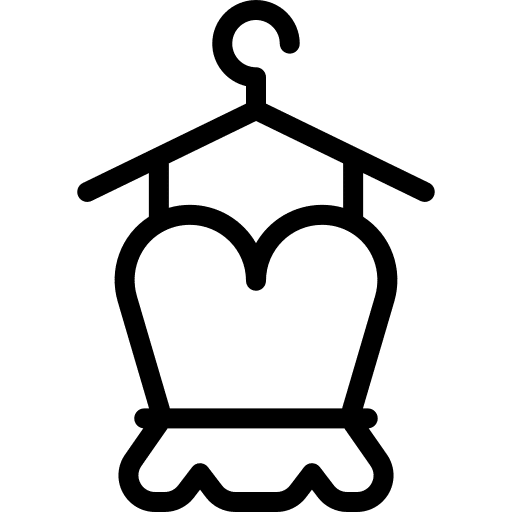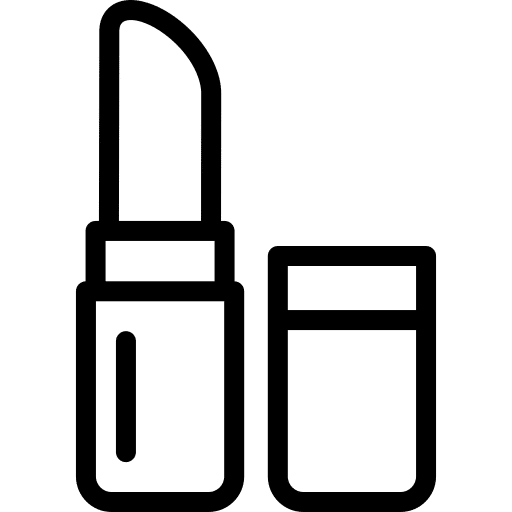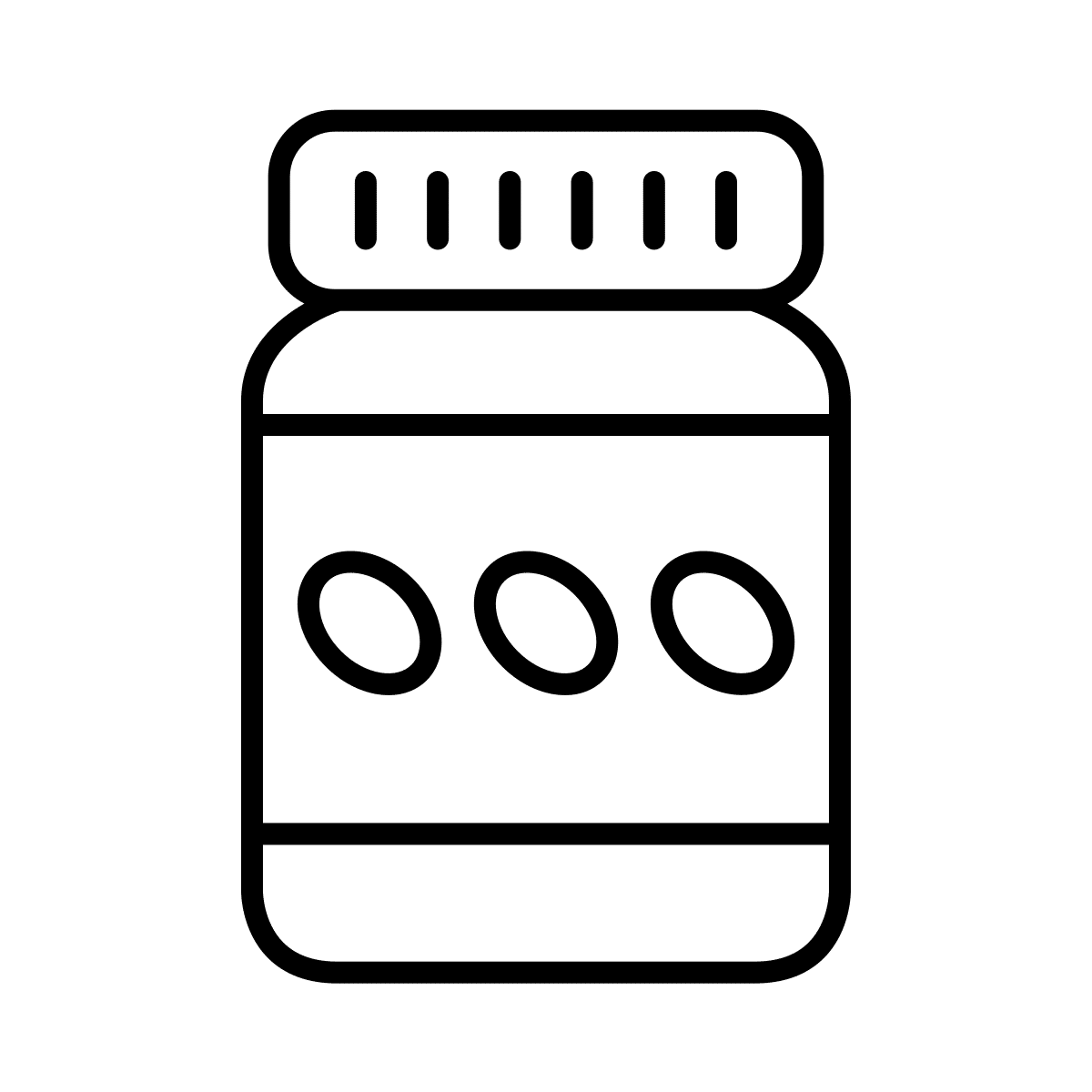Developing your app channel is a challenging exercise and you don’t want to go about it willy-nilly. Having studied many of our customers, competitors, and heavy hitters in the marketplace (like Nike, Amazon, and many more), we’ve noticed various elements that are consistent with successful app strategies.
In this blog, we’ll lay them all out for you and provide a framework that will help you consistently grow your app channel to improve performance.
Before we start:
Mobile App Strategy development is a constantly evolving process, a cycle if you will, that is never done. Publishing the app to the app stores is only the beginning of your journey, it is by no means the end of it.
We try to provide as many ‘free’ options as we can. Still, it is highly recommended to allocate a budget to enhance your app, if only just to keep the app experience in line with your website (i.e. search, new features, or other improvements/plugins you might be adding).
Suppose you feel like you’ve hit a roadblock in developing your app strategy, or would like a sparring partner to determine your next move. In that case, our customer success team can assist you by offering insights into best practices, marketing strategies, and industry trends.
Now let’s get into it:
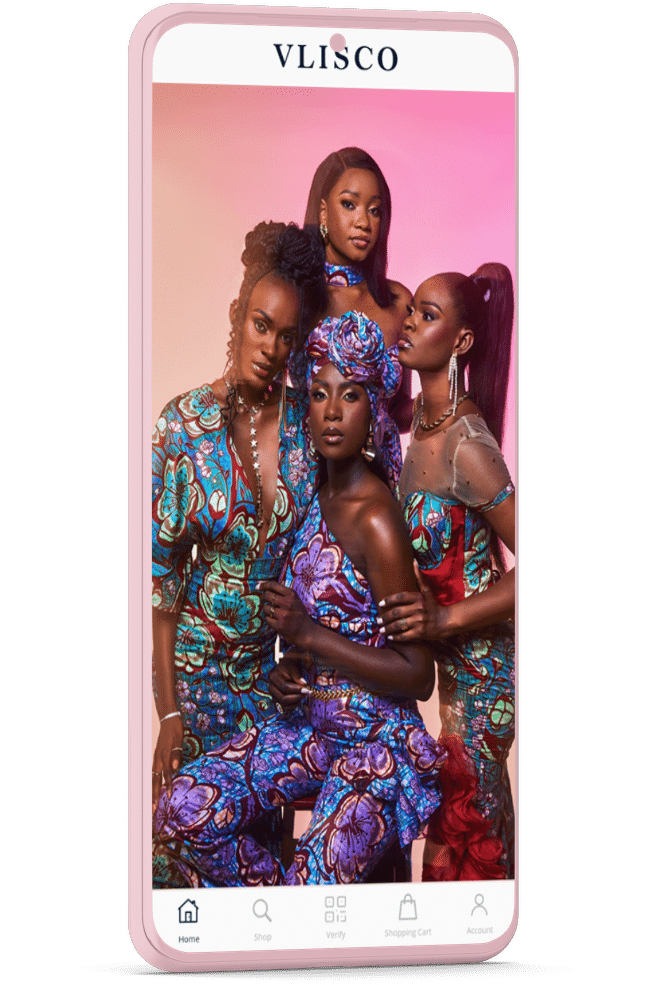
Strategy & Development
Your Ecommerce app (strategy) starts with determining what your app is meant to accomplish. The end goal determines the best path forward, so setting your app objectives before you start on anything else is crucial.
The four major functions of an app are:
- Increasing Sales and Revenue
- Enhancing Customer Experience
- Brand Building and Recognition
- Operational Efficiency and Cost Reduction
Now you might lean towards ‘all of the above’, but in our experience, that is very hard to pull off unless you have the time, budget, and resources. As this is an annual cycle, we recommend picking a Main Objective and going through the cycle with that one first.
Additionally, you should also take into consideration what your customers are expecting from you (and the answer is probably beyond simply ‘mobile shopping’). If you’re selling low-ticket items, then your customer’s expectations for your app might be leaning more towards Increased Sales and Revenue (i.e. sales and promos). If you’re selling high-end products then customers probably have expectations leaning towards Enhancing Customer Experience in the form of advanced User Interface (UI) and next level User Experience (UX).
With your app goal determined, the next step is to look at potential requirements for app development and map them out. As we mentioned earlier, it is important to keep your app experience in line with your website, so developing features you’ve added to your website is a no-brainer.
Additionally, you want to consider adding new features exclusively to your app, to set it apart from the ‘regular’ experience and build the channel up as your high-end channel. This not only drives customers to your highest converting channel (the app), but also builds your brand value as a whole.
Additional features should be considered in line with your app goals. For example; if your goal is enhancing your customer experience, you might want to consider a customer reviews feature, social media integrations, loyalty programs, or something else related to your customer experience.
There are TONS of features that JMango360 can build/integrate with your app, so feel free to contact us at any point for free consultation on this topic.
Finally, you want to determine the KPIs by which to measure your app’s performance. Different goals mean different KPIs and different KPIs mean different data requirements. In addition to determining your KPIs based on your app goals, make sure you also include the availability of data. Some data might not be available, or as easily obtained, so do include this into your considerations.
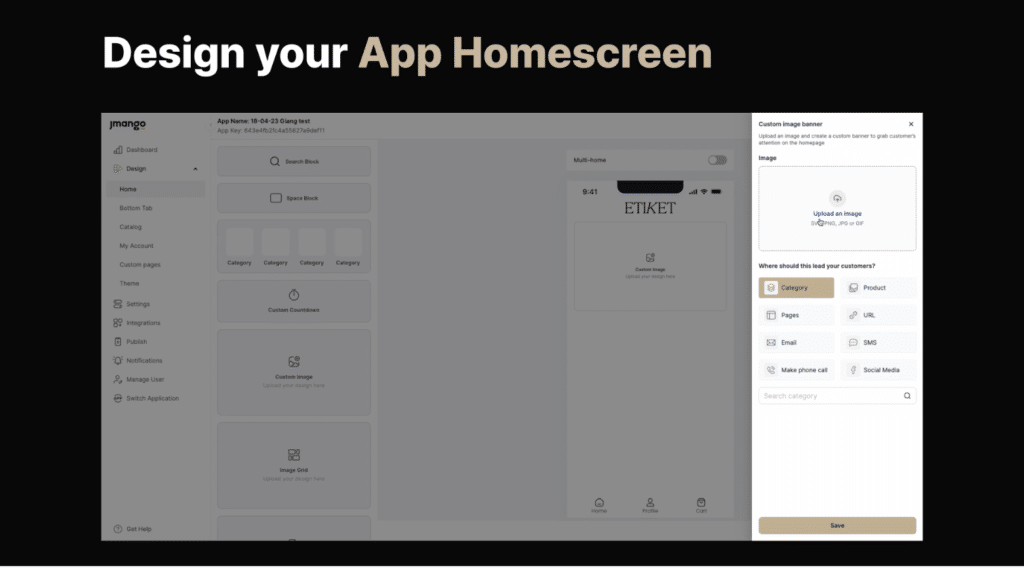
Promotion
Building your app audience is imperative to a successful app strategy. A small audience simply doesn’t provide an accurate sample size for the next phase; you want to have a good chunk of your audience transferred over before you start unleashing your analytics and potentially pivoting your game plan.
In building a solid promotion plan, we recommend using our V.I.C.E. Framework:
Visibility
Allow customers to download the app from every active- and passive touchpoint you have. Easy pickings are a landing page on your website and the Smart App Banner that we activate for you, but it doesn’t stop there. Adding a QR code to every touchpoint (such as your invoice, newsletter, packaging, store promotions, etc.) can greatly increase adoption and the secret sauce here is that you ‘seduce’ them with the app’s benefits, instead of simply ‘buying’ them with discounts (which is of course still a viable strategy, but doesn’t garner the highest level of commitment).
Incentive
Building your app audience requires you to offer your customers something through the app, that they aren’t going to be able to get anywhere else. The app works a lot faster and more intuitive then your mobile website, but that is a benefit they will need to experience themselves.
To get them to download the app, consider app-exclusive benefits such as special features (product scanner), app-only discounts, early access, first in line to new releases, and/or other perks.
Commitment
App messaging requires customers to opt-in to receive notifications. Depending on the platform, you need to include getting and keeping that valuable notification opt-in in your strategy:
iOS: Most Apple users have notifications turned off by default, as this is one of the effects of disabling App Tracking. For iOS you need to include incentives that make customers opt-in to notifications.
Android: Most Android users have notifications turned on by default. The challenge on this platform is that Android automatically opts out of notifications when the app hasn’t been used for an extended period (it gets ‘snoozed’ after 6 weeks and completely turned off after 3 months).
In addition to the opt-in, the commitment phase is about determining how you can keep track of the actual commitment of your users. Tools like Google Firebase allow you insight into Active Users, Engaged Sessions, Retention, and other commitment KPIs, but we also recommend keeping track of app deletes (these are found in your Apple and Google Developer Accounts), so you can take action if customers are leaving.
Engagement
Now that you have your app audience building and committed, it’s time to start engaging them through your app messaging. The types of notifications and frequency differs from industry to industry and even within those, from business to business. You can find more on this in the final phase of the cycle; Engagement.
The key though, is to provide customers with insights, information, perks and other benefits that will drive them to your app, or at least offer something of value to them. A steady frequency is the most important, so whatever you land on, make sure you stay consistent with your messaging, as it creates habituation, which in turn leads to trust.
In conclusion; the V.I.C.E. Framework allows you to cover all the bases in terms of promoting your app by:
Allowing customers to easily transition to your app at every interaction.
Giving customers a reason to download the app, as well as continue to use it.
Create and maintain a direct connection to your customers that allows for direct communication.
Utilizing that direct connection to push monetization to it’s fullest potential.
With all this in place, you now have a solid foundation and a growing app audience that can now be studied for optimizing your strategy toward reaching your app’s goal.
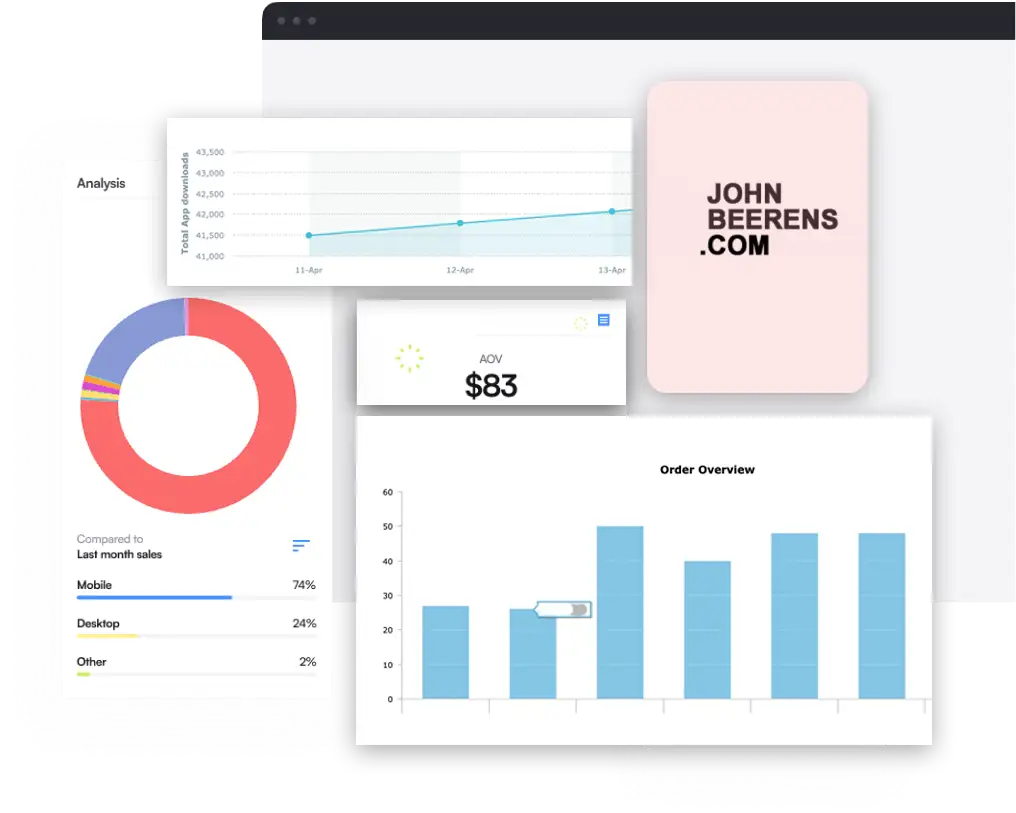
Analytics
With a sufficient app audience built, it’s time to start optimizing your strategy and to do that you need data. There are two main focus points when it comes to app analytics in this phase:
- User Attribution
As you have been focused on building your app audience and will continue to do so, finding out where your users are converting is crucial for optimizing your user adoption strategy going forward. Depending on the tools and data available, at the bare minimum, you can find your downloads per day in the JMango360 dashboard and offset this to your adoption campaigns and other activities.
Zeroing in on your user attribution will save you an increasing marketing budget going forward and offer crucial insight into your customer’s behavior. - User Behavior
When you have an understanding of your user attribution, it’s time to study their behavior within the app to determine what drives them to your desired end goals. Again, depending on your tools you can analyze where your customers are leaving the customer journey, what drives them in each step, and how you can potentially ‘nudge’ them along.
Your JMango360 dashboard offers you basic insights in behavior, but taking this to the next level with tools such as Google Firebase, or Adjust is highly recommended.
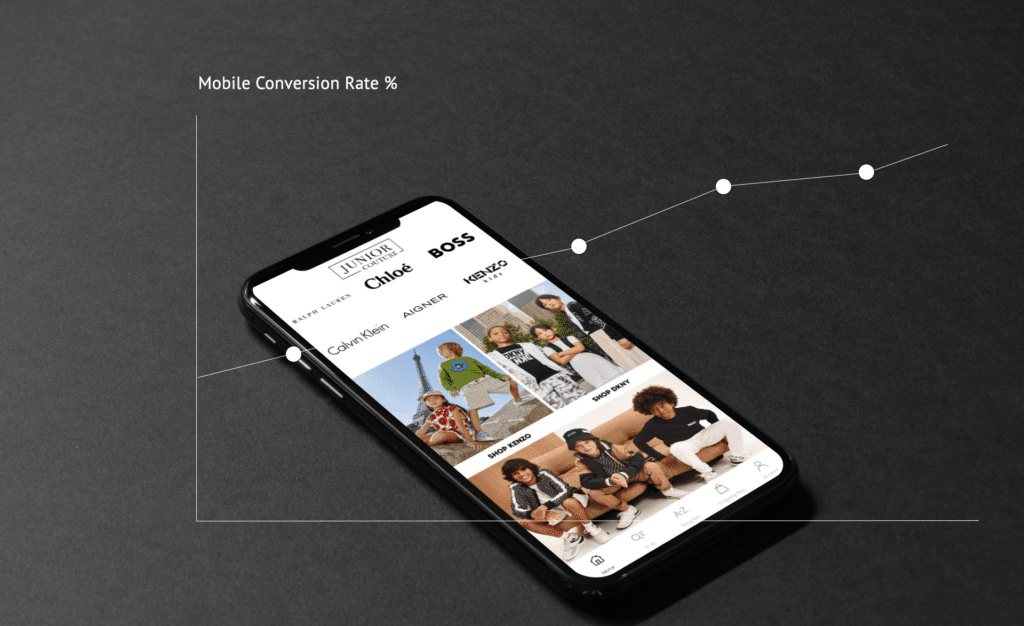
Engagement
Now that you’ve built an app audience, and figured out how to effectively grow it and how to drive them to where you want them to go, it’s time to optimize your app messaging.
This phase includes analytics, as you will be tweaking your engagement based on behavioral outcomes and other trends. We separate app messaging in Manual- and Automated App Messaging, with Manual App Messaging being the messages you have to write and schedule yourself and Automated App Messaging referring to programming messages to be sent out based on behavior triggers (i.e. cart abandonment, session abandonment, etc.) that can be utilized through tools such as Google Firebase, Adjust, or OneSignal.
For the most optimal results, we highly recommend including your other channels and go for a Omnichannel approach. A good example is doing an ‘App Exclusive ‘Flash Sale’, which means sending out a coupon code exclusively via push notification. On its own, it offers app customers a little boon in the form of an extra discount, but when you include other channels (for example announcing the flash sale via the newsletter and the website, to allow customers to download the app in time), you will additionally boost adoption, brand value and the Omnichannel experience as a whole.
If you get stuck on what to send, or when; we’ve done that dance countless times. Reach out to our customer success team for inspiration and best practices, we’re more than happy to help!
Now, when you have gone through all four phases you will ultimately end up back where you started; the ‘Strategy and Development’-phase. Along the way, you will have gathered many users, valuable insights, a more optimized strategy for hitting targets, and the knowledge on how to grow performance in specific KPIs. Now the only question you have to ask is:
Do we go another round with the same app goal, do we add an app goal, or do we pivot into a whole new app goal?
The choice is yours!

